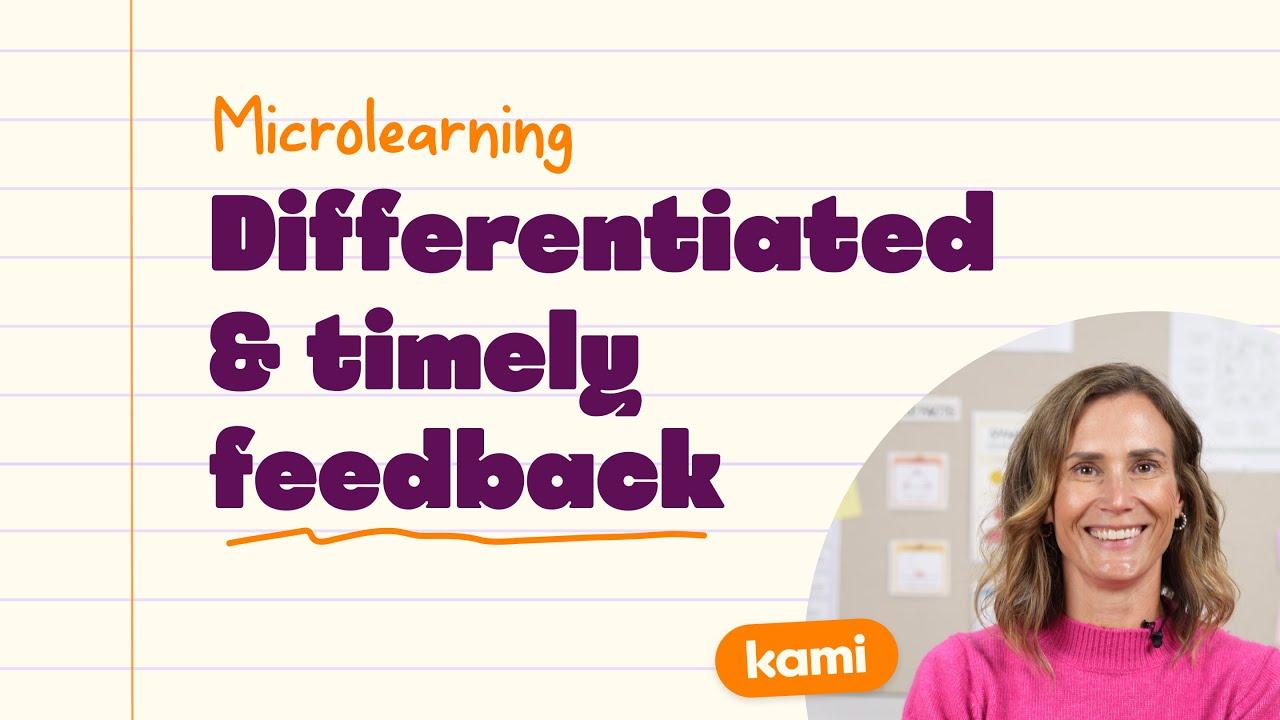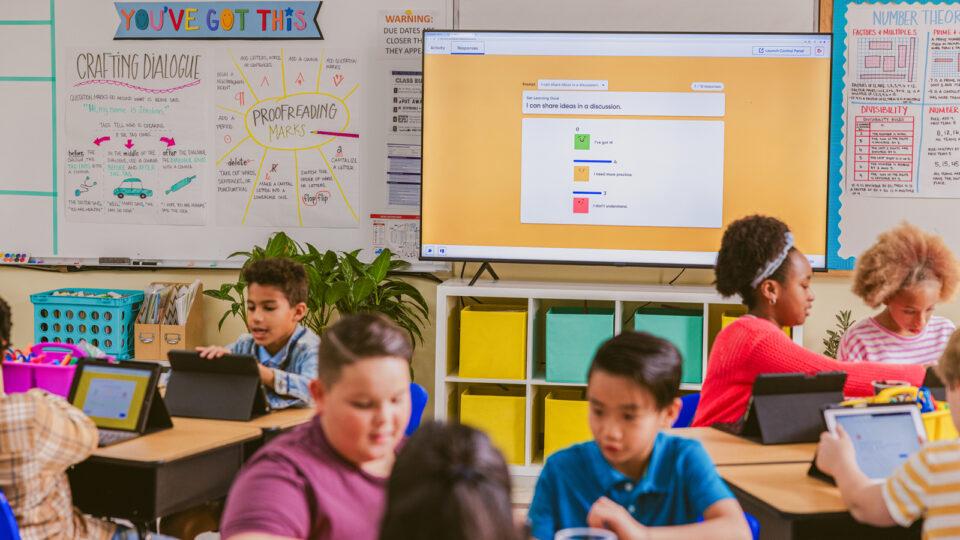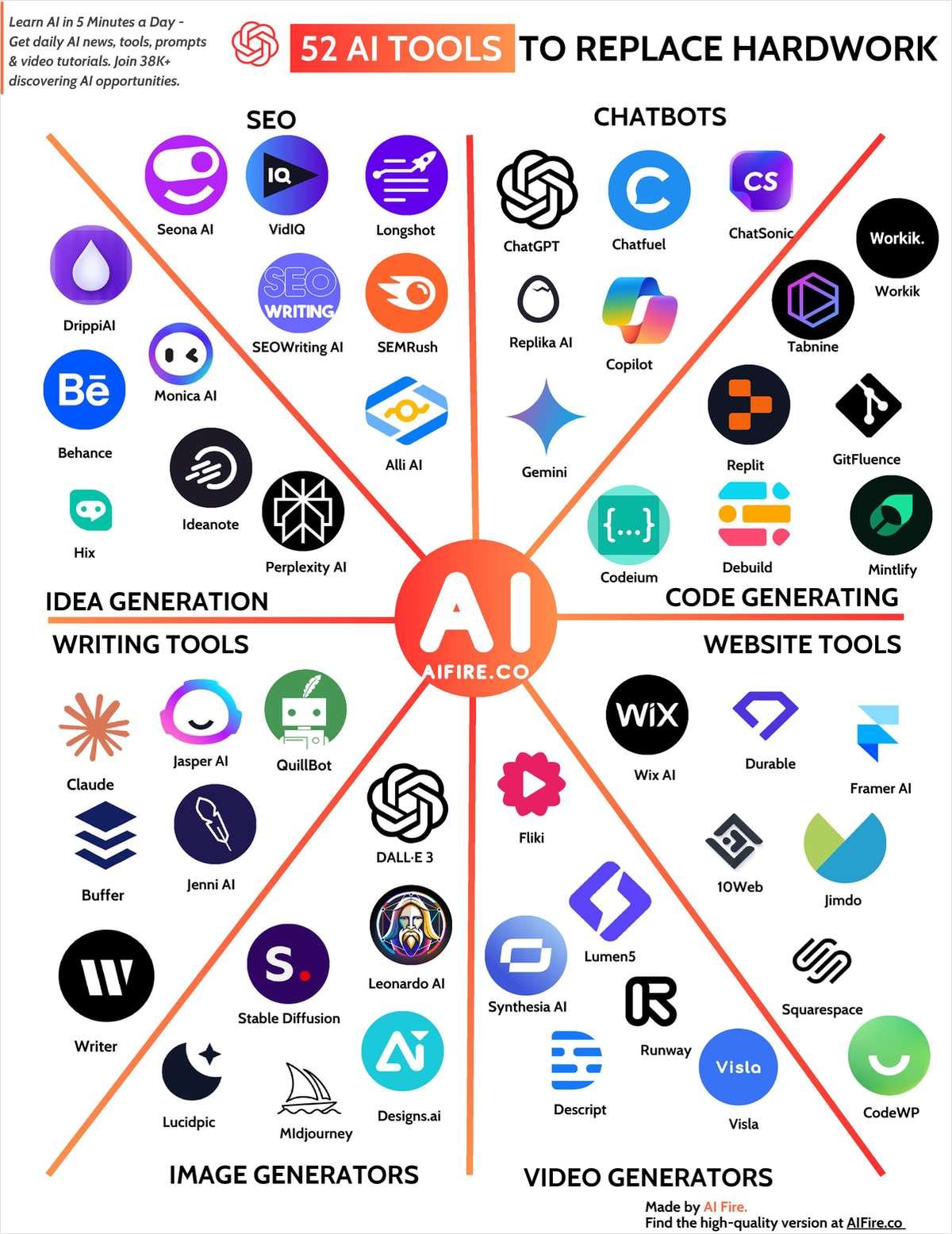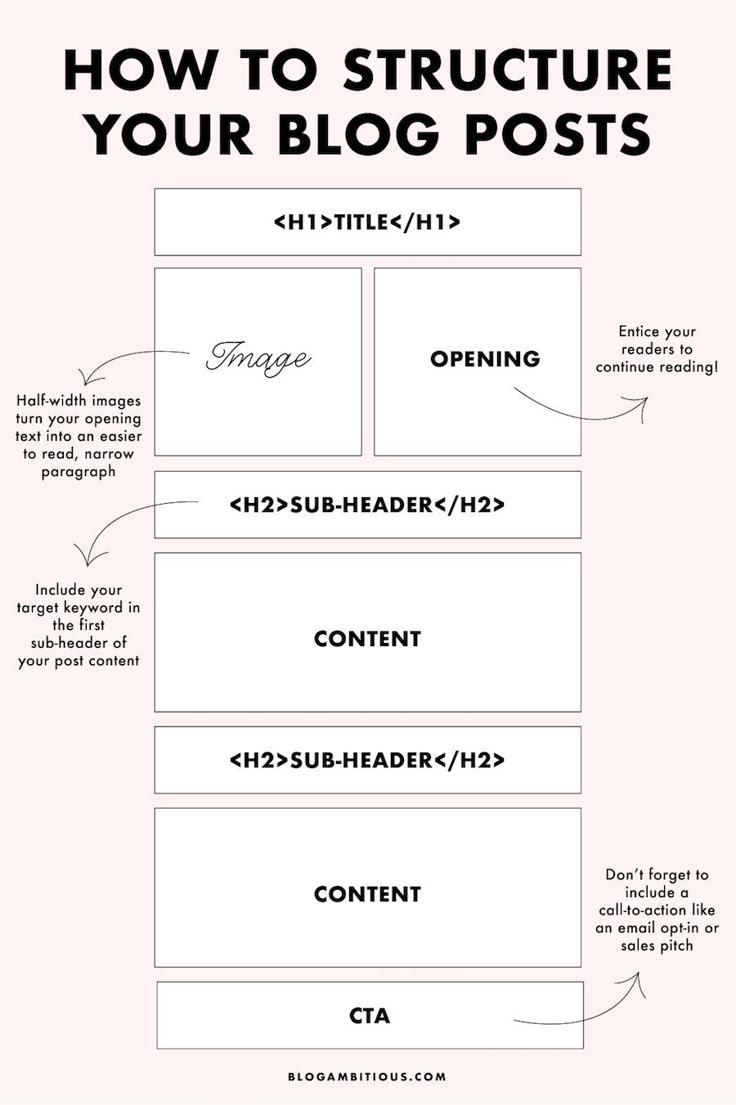Are you ready to transform your online teaching experience? In today’s digital landscape, where classrooms have shifted from brick-and-mortar to the virtual realm, the way we engage with our students is more crucial than ever. Interacting effectively in online courses can make all the difference—not just for student learning, but also for building a vibrant and supportive community. Imagine a classroom where your students feel connected, motivated, and eager to participate, even from miles away! in this article, we’ll explore proven strategies and innovative techniques to enhance your interaction with students, ensuring they feel seen, heard, and valued. Whether you’re a seasoned educator or just starting out, these tips will empower you to create an engaging online surroundings that fosters learning and connection. Let’s dive in and discover how you can make your virtual classroom a thriving space for all!
Understanding the Unique Challenges of Online Learning
Online learning brings a wealth of opportunities, yet it also presents a set of challenges that both instructors and students must navigate. One of the primary hurdles is the lack of face-to-face interaction, which can lead to feelings of isolation among learners. This emotional distance can effect motivation and engagement,making it crucial for educators to find innovative ways to foster connections.
To overcome these barriers, here are some effective strategies:
- Utilize video conferencing tools: Platforms like Zoom or Microsoft Teams allow for real-time discussions, helping to simulate the classroom experience.
- Encourage peer collaboration: Create group projects or study forums where students can interact and support each other, building a sense of community.
- Implement regular feedback mechanisms: Frequent check-ins and assessments can definitely help students feel more connected and provide them with a sense of progress.
Another significant challenge is the variation in students’ technological skills and access to resources. While some may be tech-savvy, others might struggle with the tools necesary for online learning. This discrepancy can lead to frustration and disengagement, which is why it’s significant to establish a supportive learning environment.
To address technological disparities,consider the following approaches:
- Provide training sessions: Offer workshops or tutorials on using the chosen platforms and tools.
- Ensure accessibility: Choose resources that are compatible with various devices and internet speeds to accommodate all students.
- Maintain open interaction: Encourage students to voice their challenges and offer assistance where needed.
Lastly,time management can be a double-edged sword in online education. while students enjoy the adaptability of online courses, this freedom can lead to procrastination and poor time management. Creating a structured schedule that outlines deadlines and expectations can assist students in staying on track.
| Strategy | Description |
|---|---|
| Interactive Assignments | Incorporate quizzes and polls to keep students engaged. |
| Virtual Office Hours | Set aside time for one-on-one interactions with students. |
| Social Media Groups | Create platforms for informal discussions and peer support. |

Building a Welcoming Virtual Classroom Environment
Creating a virtual classroom that feels inviting and inclusive is essential for fostering student engagement and participation. The first step in achieving this is to ensure that all students feel seen and valued. Personalizing communication can make a significant difference. Use students’ names when addressing them, and reference their backgrounds or interests where appropriate. This small touch can definitely help bridge the gap that frequently enough exists in an online environment.
Another effective strategy is to establish clear guidelines and expectations. When students know what is expected of them, they feel more confident participating. Consider creating a simple, visually appealing table to outline these guidelines:
| Expectation | Description |
|---|---|
| Active Participation | Engage in discussions and ask questions. |
| Respectful Communication | Be kind and considerate to all classmates. |
| Timely Submissions | Submit assignments on or before deadlines. |
To further enhance the sense of community, incorporate interactive elements in your lessons. Use polls, breakout rooms, or group projects to encourage collaboration among students. These activities not only break the monotony of traditional lectures but also allow students to learn from one another, thereby creating a more cohesive group dynamic.
Moreover, actively seeking feedback is crucial.Implement regular check-ins to gauge how students are feeling about the course and their learning environment. This could be achieved through anonymous surveys or open discussions. by doing so, you demonstrate that you value their input and are committed to making adjustments that will benefit their learning experience.
Lastly, don’t underestimate the power of celebrating achievements. Acknowledge both big and small milestones, whether it’s mastering a challenging concept or actively participating in discussions. This recognition not only boosts individual morale but also reinforces a positive group culture where students encourage one another to succeed.
The Art of Engaging Discussions in Online Courses
Engaging discussions in online courses can transform a simple learning experience into a vibrant community. To foster these interactive environments, instructors must embrace a variety of strategies that motivate students to share their thoughts and insights. Here are some effective techniques:
- Ask Open-Ended Questions: encourage deeper thinking by posing questions that require more than a yes or no answer. This invites students to explore concepts and articulate their views.
- Use Real-World Scenarios: Incorporate case studies or current events related to course material.This not only makes discussions more relatable but also stimulates critical thinking.
- Encourage Peer-to-peer Interaction: Create opportunities for students to respond to each other. This not only builds a sense of community but also enhances learning through diverse perspectives.
- Utilize Multimedia: Incorporate videos, podcasts, or infographics that align with discussion topics. visual and auditory elements can spark interest and lead to richer conversations.
To ensure that discussions remain constructive and inclusive,setting clear guidelines is essential. Create a discussion rubric that outlines expectations for participation, respect for differing opinions, and the value of constructive feedback.This foundation helps students feel safe to express themselves and understand the importance of a collaborative environment.
| Discussion Guideline | Description |
|---|---|
| Respectful Communication | Always address others with kindness, regardless of differing opinions. |
| Active Listening | Engage with what others are saying and respond thoughtfully. |
| Stay on Topic | Ensure contributions are relevant to the discussion prompt. |
| Encourage Participation | invite quieter members to share their thoughts to promote inclusivity. |
it’s important to provide consistent feedback on student contributions. Acknowledge insightful comments, and pose follow-up questions to further delve into topics. By actively participating in discussions, instructors can model the level of engagement they wish to see, thus inspiring students to follow suit.
Utilizing Technology to Foster Student Interactions
In the realm of online education, technology plays a pivotal role in bridging the gap between instructors and students. By leveraging various tools, educators can create a more interactive and engaging learning environment. Here are some effective strategies for utilizing technology to enhance student interactions:
- Discussion Boards: These platforms encourage students to share their thoughts on course materials and engage in dialogues with peers. By facilitating asynchronous discussions, educators can foster a sense of community and promote deeper understanding.
- Live Webinars: Real-time interactions can substantially enhance engagement. Hosting live Q&A sessions or lectures allows students to ask questions and receive immediate feedback, making the learning experience more dynamic.
- Collaborative Tools: Utilizing platforms like Google Docs or Microsoft Teams enables students to work together on projects, share ideas, and provide peer feedback.This collaborative approach not only builds teamwork skills but also deepens their comprehension of the subject matter.
Moreover, incorporating gamification into the online learning process can significantly boost student motivation and participation. By introducing elements such as quizzes, leaderboards, and badges, educators can create a more stimulating atmosphere that encourages healthy competition and continuous engagement.
To illustrate the impact of these technologies, consider the following table showcasing the benefits of various tools:
| Technology Tool | Benefits |
|---|---|
| Discussion Boards | Encourages thoughtful dialogue and diverse perspectives. |
| Live Webinars | Provides immediate feedback and fosters real-time interaction. |
| Collaborative Tools | Enhances teamwork and peer learning. |
| Gamification | Increases motivation and engagement through friendly competition. |
Additionally, integrating social media platforms into the learning process can be an effective way to connect with students. Creating dedicated course hashtags on platforms like Twitter or Instagram allows students to share insights,resources,and experiences,thereby fostering a sense of belonging and involvement.
Ultimately, the key to successful online education lies in creating an environment where students feel pleasant interacting and expressing themselves. By thoughtfully integrating technology into the learning framework, educators can cultivate meaningful connections with their students, resulting in a richer educational experience.
Encouraging Participation Through Thoughtful Assignments
One of the most effective ways to engage students in online courses is by designing assignments that spark their interest and encourage active participation. Thoughtful assignments can transform a passive learning experience into an interactive one, fostering a sense of community and collaboration among students. By aligning assignments with students’ interests and real-world applications, educators can motivate learners to dive deeper into the material.
To craft assignments that resonate, consider the following strategies:
- Personal relevance: Design projects that allow students to connect the course content to their own lives or career goals. such as, a marketing class might ask students to develop a campaign for a local business they are passionate about.
- Collaborative Opportunities: Incorporate group assignments where students can work together, share ideas, and learn from different perspectives. Platforms like discussion boards or group video calls can facilitate these interactions.
- Creativity and Choice: Provide students with options for how they demonstrate their understanding. Allowing them to choose between a traditional paper, a video presentation, or a creative project can empower them to express themselves in ways that feel authentic.
Additionally, incorporating technology can enhance the assignment experience. Tools such as online polls, quizzes, and interactive presentations can make the learning process more engaging. For instance, using platforms like Kahoot! for quizzes not only makes assessment fun but also encourages participation and competition in a friendly manner.
To give you an idea of how varied assignments can be, here’s a simple table showcasing different assignment types and their potential benefits:
| Assignment Type | Benefits |
|---|---|
| Research Paper | Encourages deep exploration of a topic |
| Group Project | Fosters teamwork and collaboration |
| creative Video | Allows for creative expression and engagement |
| Interactive Presentation | Promotes active learning and audience involvement |
Ultimately, the goal is to create a learning environment where students feel valued and empowered to share their thoughts and experiences.By implementing thoughtful assignments, educators can not only enhance participation but also build a vibrant online community that encourages lifelong learning.

Creating a Sense of Community Among Online Learners
Fostering a vibrant atmosphere among online learners can significantly enhance the educational experience. One of the most effective ways to create that sense of belonging is by encouraging regular communication. Here are some strategies to bring learners together:
- Discussion Forums: Create dedicated spaces for students to share ideas, ask questions, and discuss course materials. This not only promotes interaction but also helps students feel more connected to their peers.
- Group Projects: assign collaborative tasks that require students to work together. This can build camaraderie and encourage them to support one another in achieving common goals.
- Virtual Meetups: Organize casual video calls where students can chat about non-academic topics or share their interests, fostering personal connections.
Incorporating technology can also play a crucial role. Using tools like chat rooms or social media groups allows for real-time interaction,making it easier for students to discuss their thoughts and experiences. Integrating these tools helps break down barriers that frequently enough exist in a virtual learning environment.
To add structure to interactions, consider implementing a peer mentorship program. Pairing experienced students with newcomers can not only ease the onboarding process but also build a supportive network. This approach can create a more inclusive environment where everyone feels valued.
Lastly, recognize and celebrate achievements—big or small. Whether it’s through shout-outs in discussion forums or a dedicated section in newsletters, acknowledging students’ efforts cultivates a positive atmosphere. A simple gesture of thankfulness can go a long way in making learners feel seen and connected.
| Strategy | Benefits |
|---|---|
| Discussion Forums | Encourages open dialogue and idea sharing. |
| Group Projects | Fosters teamwork and collective problem-solving. |
| Virtual Meetups | Builds personal connections beyond academics. |
| Peer Mentorship | Creates support networks for newcomers. |
| Achievement Recognition | Boosts morale and encourages participation. |

Providing Timely and Constructive Feedback
In the dynamic landscape of online education, the importance of feedback cannot be overstated. serves as a bridge between the instructor and students, fostering a rich learning environment. When students receive feedback promptly, they are more likely to engage with the material and apply the suggestions effectively, resulting in enhanced learning outcomes.
Here are some key strategies to ensure your feedback is both timely and constructive:
- Be Specific: Rather of vague comments like “good job” or “needs improvement,” focus on specific elements of the student’s work. As an example, highlight what was done well in their argumentation or where their analysis could use more depth.
- Encourage Reflection: Prompt students to think critically about their work. Ask guiding questions that lead them to evaluate their own understanding and reinforce their learning process.
- Utilize Various Formats: Feedback can come in many forms, from written comments to video messages or audio recordings. Different formats can cater to different learning styles and make the feedback experience more engaging.
Additionally, consider implementing a structured feedback system that allows you to track and manage your responses effectively. Below is a sample of a feedback timeline that can help keep your responses organized:
| Assignment Type | Feedback Deadline | Feedback Format |
|---|---|---|
| Discussion Posts | Within 48 hours | Written comments |
| Quizzes | Within 24 hours | Automated feedback |
| Major Projects | Within 1 week | Video review |
Lastly,always invite dialogue. Encouraging students to respond to your feedback not only clarifies their understanding but also promotes a collaborative learning atmosphere. This two-way communication strengthens their confidence and demonstrates that their learning journey is a shared obligation.

Being Approachable: The Importance of Instructor Presence
In the realm of online education, the significance of an instructor’s presence cannot be overstated. Students thrive when they feel connected to their instructors,and being approachable is a cornerstone of that connection. When learners perceive their instructors as accessible and friendly, they are more likely to engage actively in their coursework and seek help when needed.
Creating an approachable atmosphere begins with communication. Here are some effective strategies to enhance your instructor presence:
- Open Lines of Communication: Encourage students to reach out via email, discussion boards, or virtual office hours. Make it clear that their questions and concerns are valued.
- Personalize Interactions: Use students’ names in correspondence and reference specific contributions they’ve made in discussions. This small gesture can make a big difference.
- be Visible: Regularly participate in forums and discussions. Share personal anecdotes related to course material to humanize the learning experience.
- Utilize Multimedia: Incorporate video messages or live Q&A sessions to create a more personal touch. Seeing a friendly face can make you seem more approachable.
Another important aspect of being approachable is your tone. Written communication can sometimes be misinterpreted. Aim for a conversational tone that conveys warmth and encouragement.Rather of formal language, opt for phrases that invite dialogue and collaboration. As a notable example, saying “I’d love to hear your thoughts on this!” is much more inviting than “you are required to submit your opinions.”
Moreover, fostering an inclusive environment is crucial. Consider implementing the following practices:
| Practice | Description |
|---|---|
| Inclusivity training | Participate in or offer training on recognizing and dismantling biases. |
| Encourage Peer Interaction | Create small group projects to help students form connections with each other. |
| Feedback Opportunities | Provide avenues for students to share their course experience, ensuring they feel heard. |
By focusing on these elements, you’ll not only enhance your approachability but also create a nurturing environment where students feel empowered to participate and contribute. Remember, a strong instructor presence goes beyond simply delivering content; it’s about building relationships that foster a community of learners ready to engage and succeed.

Adapting Your Teaching Style for Diverse Learning Needs
In the world of online education, recognizing and responding to the diverse learning needs of students is critical for fostering an inclusive and supportive environment. Each learner brings unique experiences,cultural backgrounds,and preferred learning modalities. Therefore, adapting your teaching style can significantly enhance engagement and comprehension.
One effective approach is to incorporate a variety of teaching methods:
- Visual aids: Use infographics, videos, and slides to cater to visual learners.
- Interactive elements: Incorporate polls, quizzes, and breakout rooms to engage kinesthetic learners.
- Discussion forums: Facilitate open discussions to support auditory learners, encouraging them to share their thoughts and insights.
Additionally,offering resources in multiple formats can help students access details in ways that suit them best:
| Resource Type | Purpose | Best For |
|---|---|---|
| Videos | Visual learning | Visual learners |
| Audio recordings | Listening and comprehension | Auditory learners |
| Text documents | Detailed information | Read/write learners |
| Interactive simulations | Practical application | Kinesthetic learners |
feedback is another essential component to consider when engaging with a diverse student body. Create opportunities for students to provide feedback on your teaching methods and course materials. This will not only help you adjust your approach but will also empower students by making them active participants in their learning journey.
embracing culturally responsive pedagogy can enhance your effectiveness as an online instructor. Acknowledge the diverse backgrounds of your students and include examples and case studies that reflect this diversity. This not only makes learning more relatable but also fosters a sense of belonging among all participants.

Incorporating Fun and Interactive Activities to Enhance Learning
to create a lively online learning environment, it’s essential to incorporate engaging activities that capture students’ attention.Interactive elements not only make learning fun but also enhance retention and understanding. Consider the following activities:
- Virtual Breakout rooms: Divide students into smaller groups where they can discuss topics or work on project-based tasks. This encourages collaboration and peer-to-peer learning.
- Quizzes and Polls: Utilize tools like Kahoot or Mentimeter to host real-time quizzes that pique students’ interest and provide instant feedback.
- Gamification: Introduce game-like elements, such as points systems or badges, to motivate students and create a competitive yet supportive atmosphere.
Another effective method is to integrate multimedia resources into your lessons. Videos, podcasts, and interactive simulations can break the monotony of traditional lectures. As a notable example, a short video can serve as a springboard for discussion, allowing students to share their interpretations and insights. This approach not only keeps engagement high but also caters to various learning styles.
Utilizing case studies or real-world scenarios can also bridge the gap between theory and practical application. Present students with a problem to solve or a case to analyze. This not only encourages critical thinking but also allows students to apply what they’ve learned in a meaningful context.
fostering a sense of community is crucial. Create spaces for informal interactions, such as virtual coffee breaks or discussion forums. These platforms allow students to connect on a personal level, share experiences, and build relationships, which can enhance their overall learning experience.
| Activity | Description | Benefits |
|---|---|---|
| Virtual breakout Rooms | Small group discussions on assigned topics. | encourages collaboration and peer learning. |
| Quizzes and Polls | Real-time quizzes using interactive tools. | Instant feedback and increased engagement. |
| Gamification | Game-like elements to motivate learners. | Creates a competitive and fun atmosphere. |
| Case Studies | Analyzing real-world problems. | Enhances critical thinking and practical application. |
Frequently asked Questions (FAQ)
Q&A: How to Interact with Students in Online Courses
Q1: Why is interaction important in online courses?
A1: Great question! Interaction in online courses is crucial because it fosters a sense of community among students. When students engage with their peers and instructors,they’re more likely to feel connected and motivated. This connection can significantly enhance their learning experience and, ultimately, their success in the course.
Q2: What are some effective ways to interact with students online?
A2: There are plenty of effective strategies! You can start by utilizing discussion boards and forums for students to share thoughts and ideas. Live Q&A sessions are also fantastic—students appreciate real-time feedback! Don’t forget about personalized messages or feedback on assignments; it shows you care and helps them feel valued.
Q3: How can I create a welcoming online environment?
A3: Creating a welcoming online environment starts with clear communication.Use friendly language in your course materials and be approachable. You can also consider icebreaker activities at the beginning of the course to help students get to know each other. Remember, a positive atmosphere encourages participation!
Q4: What role dose technology play in student interaction?
A4: Technology plays a pivotal role! Tools like Zoom for live lectures, Slack for group chats, or Google Docs for collaborative projects can enhance interaction. These platforms make it easy for students to connect with you and with each other, making learning more dynamic and engaging.Q5: How do I handle shy students who may not engage as much?
A5: It’s important to reach out to shy students proactively. You might send them a personal message encouraging them to share their thoughts in discussions or invite them to participate in small group activities. Sometimes, just knowing that someone is rooting for them can motivate them to engage more.
Q6: What are some tips for facilitating discussions?
A6: To facilitate lively discussions, ask open-ended questions that invite deeper thinking. Encourage students to build on each other’s ideas, and don’t hesitate to summarize or highlight key points to keep the conversation flowing. It’s also essential to create guidelines for respectful dialogue to ensure everyone feels safe sharing their views.
Q7: How can I assess student interaction and participation?
A7: You can assess interaction through participation metrics on discussion boards or by tracking attendance in live sessions. Additionally, consider incorporating group projects that require collaboration, as this can showcase students’ engagement levels. Providing feedback on their contributions can also encourage more interaction.
Q8: What’s one final piece of advice for online instructors?
A8: Keep it genuine! Show enthusiasm for your subject and your students.When they see you’re invested in their learning, they’re more likely to engage. Remember, the online learning experience is a two-way street; your passion can inspire them to connect and contribute more actively.
By following these tips,you can cultivate a vibrant online learning community that fuels engagement and success!
The Way Forward
As we wrap up our exploration of how to effectively interact with students in online courses,let’s take a moment to reflect on the power of connection in a virtual classroom. Remember, the digital space can sometimes feel isolating, but with intentional engagement and genuine interest, we can transform it into a vibrant learning community.
So, whether you’re using discussion boards, hosting live Q&A sessions, or sending thoughtful feedback on assignments, every interaction counts. Don’t underestimate the impact of a simple “How are you?” or a personalized message that shows you care. Your students are not just names on a screen; they are individuals with dreams, challenges, and insights to share.
As you implement these strategies, keep an open mind and be willing to adapt. The more you invest in your relationships with students, the richer their learning experience will be—and the more rewarding yours will become, too.
Now,go forth and create those meaningful connections! Your students are waiting to engage,learn,and thrive. Let’s make this online learning journey memorable together!




